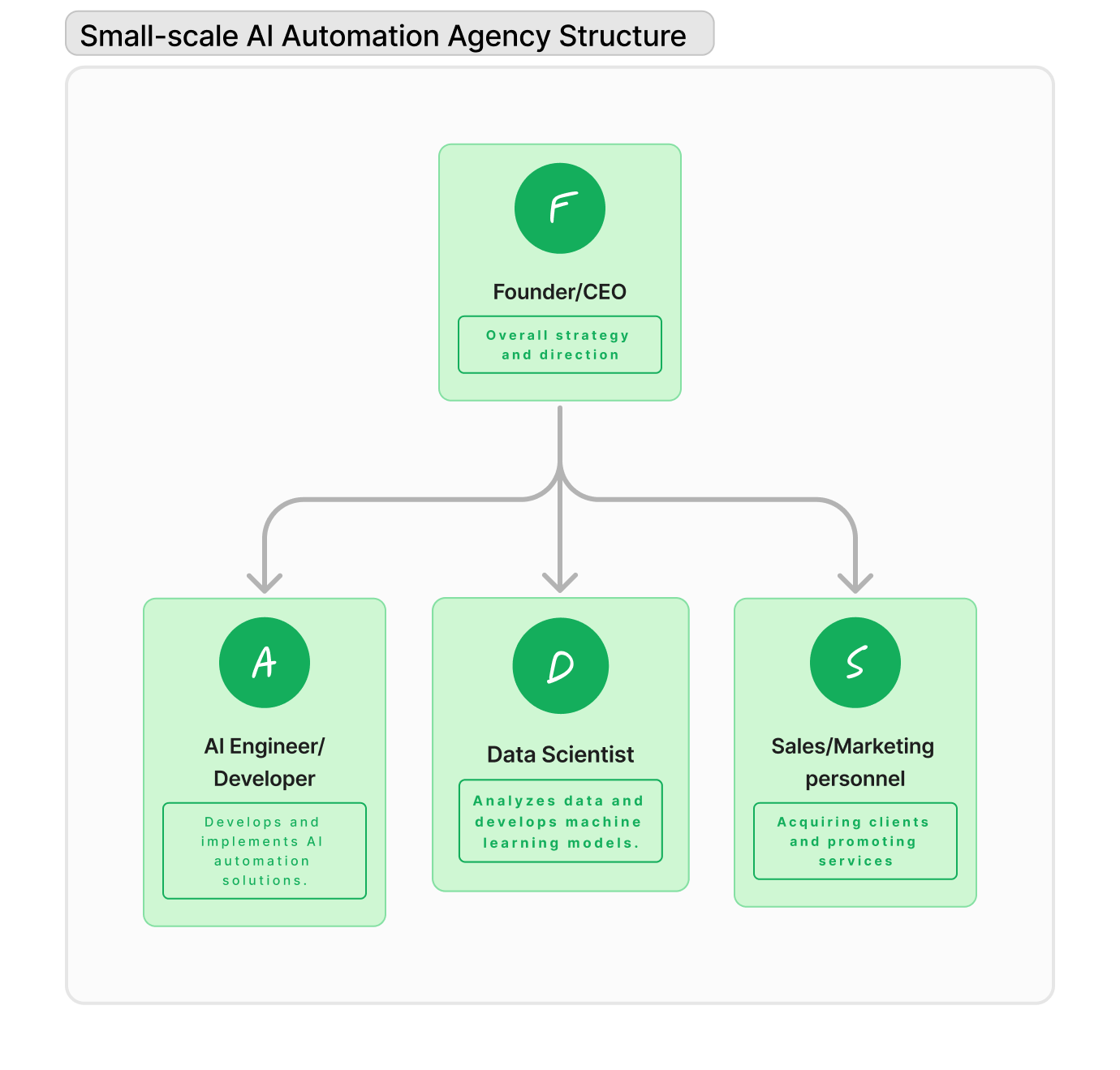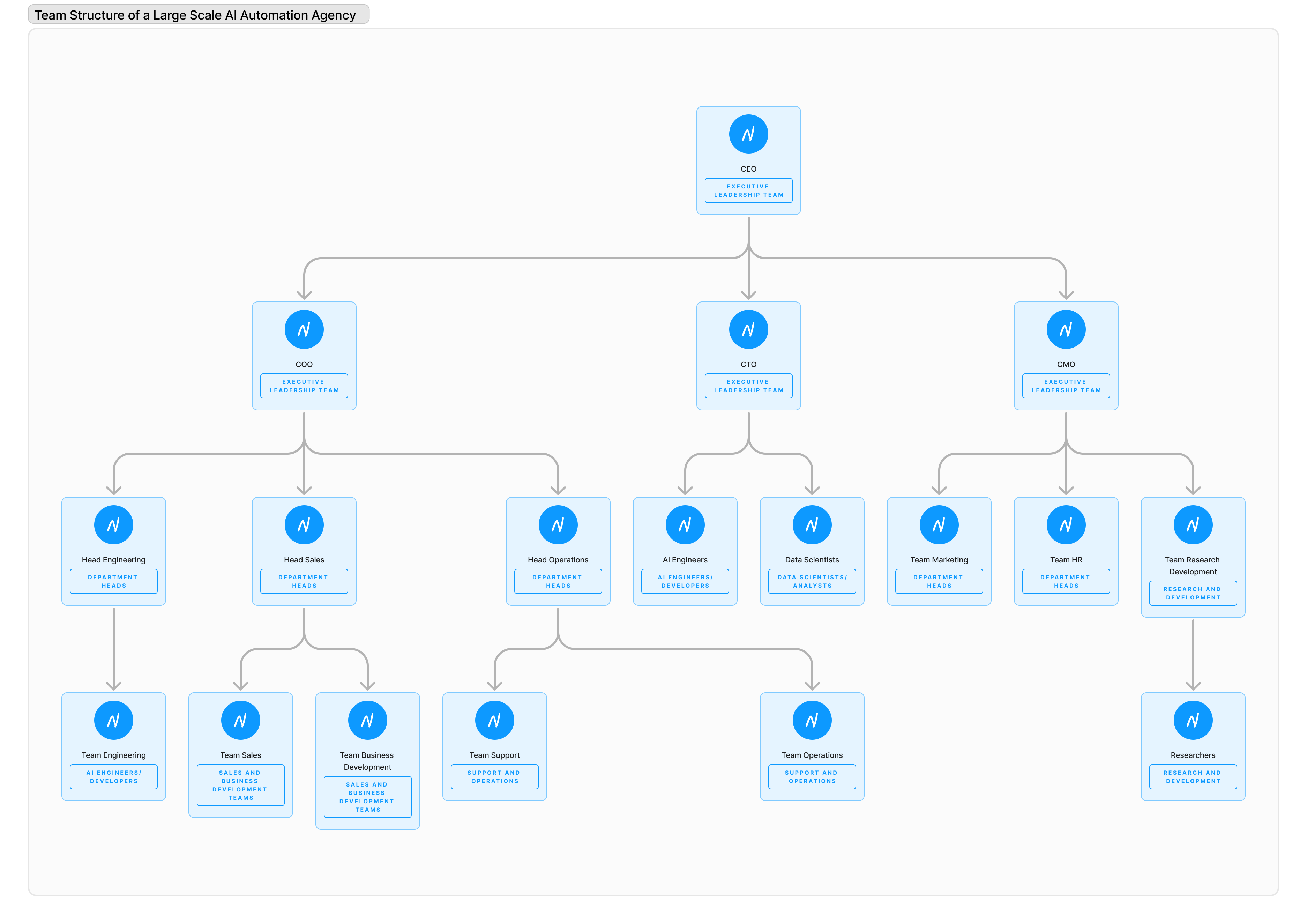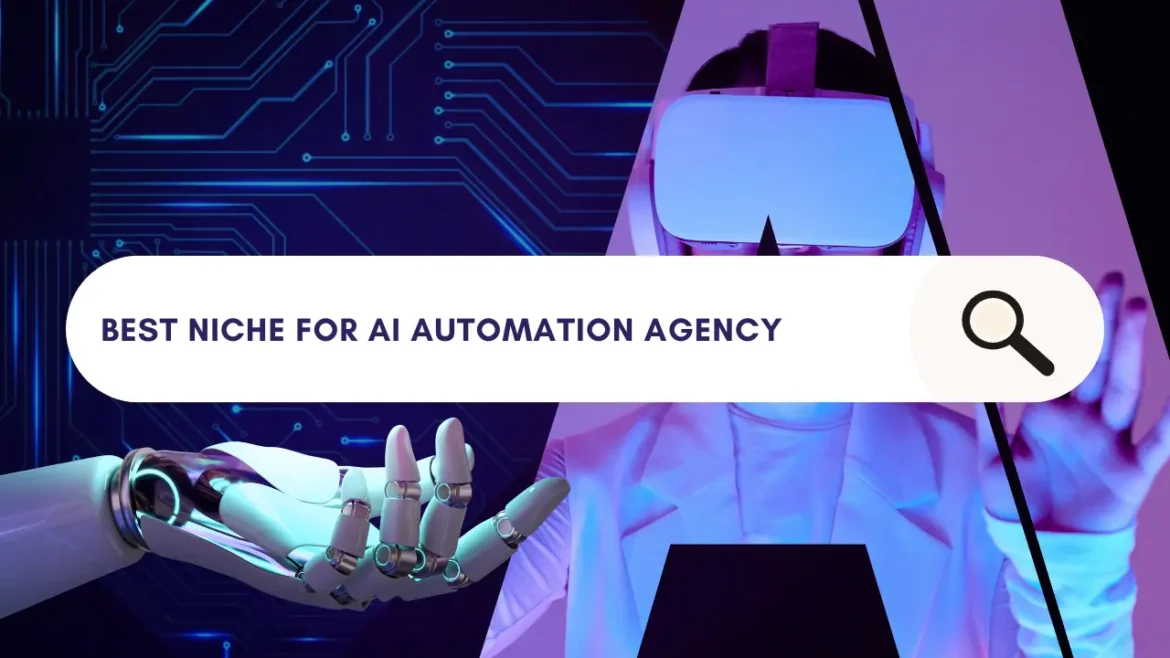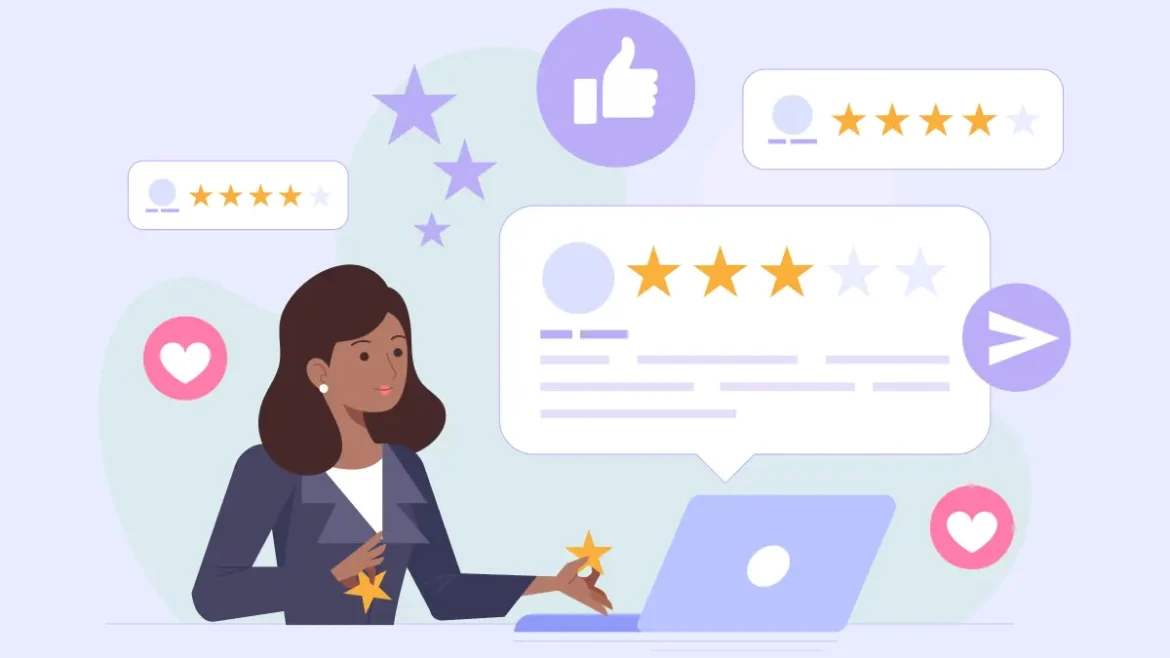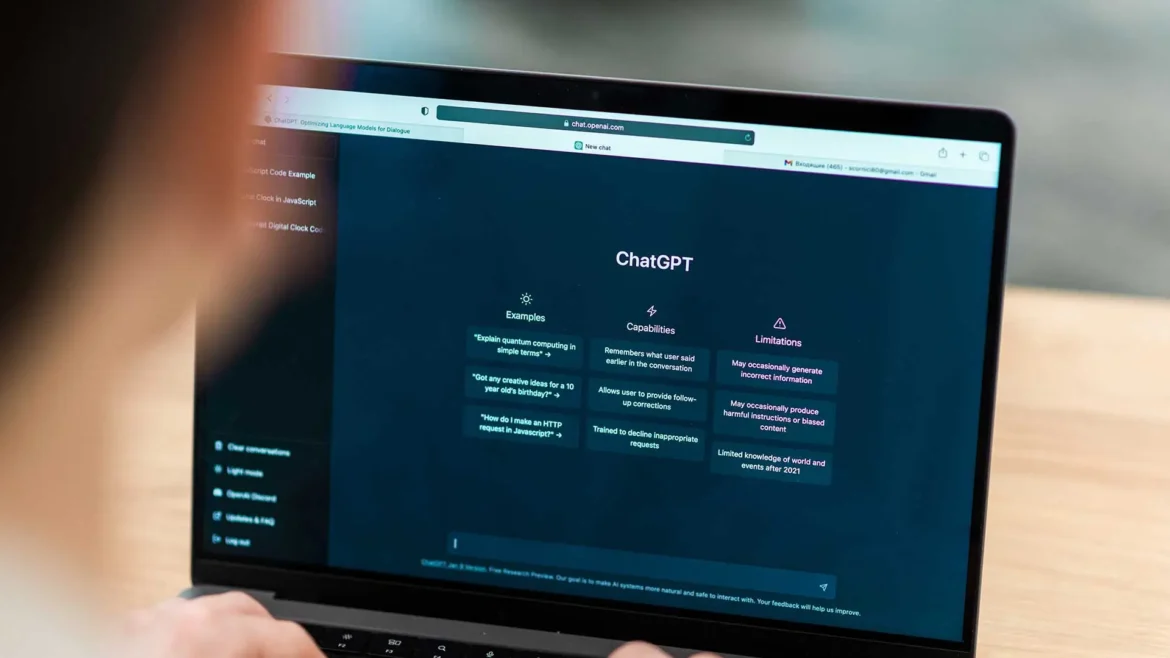Best AI Powered Tools for Copywriting
https://exploreaitools.com/wp-content/uploads/2024/07/best-AI-copywriting-tools-3-1024x683.webp 1024 683 Explore AI Tools Explore AI Tools https://exploreaitools.com/wp-content/uploads/2024/07/best-AI-copywriting-tools-3-1024x683.webpTo decide which ai tools are the best AI powered copywriting tools, we have to consider several parameters such as quality of writing, time taken to generate content, how SEO-friendly that a.i generated content is, and so on.
1.OpenAI’s GPT-3:
GPT-3, the predecessor of the model you’re currently interacting with, is a potent language model capable of generating human-like text. It’s versatile and can be used for tasks such as blog posts, articles, and more.
Pricing: OpenAI provides access to GPT-3 through an API, offering a free trial and a pay-as-you-go model. Pricing may vary based on usage.
Features: GPT-3 is a versatile language model capable of generating text for various purposes, including content creation and chatbots. Its strengths lie in its high-quality content generation and accessibility through various platforms and APIs.
Pros:
- High-quality content generation.
- Versatility in usage.
Cons:
- Cost can be prohibitive for heavy usage.
- Limited control over generated content.
2.ContentBot:
Designed exclusively for content creation, ContentBot can generate blog posts, articles, social media content, and more. It’s user-friendly, making content generation a breeze.
Pricing: ContentBot offers subscription plans, starting at $20 per month. Its affordable pricing makes it accessible for a wide range of users, including bloggers and small businesses.
Features: Designed specifically for content creation, ContentBot can generate blog posts, articles, and social media content with ease. Its user-friendly interface simplifies the content generation process.
Pros:
- Affordable pricing plans.
- Ideal for blog post generation.
- User-friendly interface for quick content creation.
Cons:
- Output quality may vary.
- Limited customization options for generated content.
3.ShortlyAI:
ShortlyAI serves as an AI-powered writing assistant, aiding in content generation, copywriting, and idea brainstorming. It’s useful for tasks like blog posts, emails, and other writing endeavors.
Pricing: ShortlyAI offers subscription plans, with pricing depending on the level of usage. It also provides a free trial.
Features: Designed with content creation in mind, ShortlyAI offers blog post generation, content expansion, and other writing assistance. It boasts a user-friendly interface.
Pros:
- User-friendly interface.
- Great for blog post generation.
Cons:
- Output quality may vary.
- Limited customization options for output.
4.Writesonic:
Writesonic is one of the best ai copywriting tools. Writesonic offers AI-generated content for blog posts, product descriptions, ad copy, and more. Its intuitive interface and a range of templates make content creation accessible.
Pricing: Writesonic offers subscription plans, starting at $39 per month. While it’s not the cheapest option, its versatility in content generation makes it worth considering.
Features: This AI content generator excels at producing blog posts, product descriptions, ad copy, and more. It offers a range of templates to choose from and features a user-friendly interface.
Pros:
- Versatility in content types.
- User-friendly experience.
- Saves time in content creation.
Cons:
- Generated content may require post-editing for perfection.
- Pricing could be a concern for extensive usage.
5.CopyAI:
CopyAI offers a suite of AI-driven tools for copywriting, including an AI copywriter for website content, product descriptions, and ad copy. It also provides a brainstorming tool for generating creative ideas.
Pricing: CopyAI offers subscription plans, including a free trial with limited usage.
Features: CopyAI specializes in copywriting, generating website copy, product descriptions, and more. It provides a range of templates for various purposes.
Pros:
- Focus on copywriting tasks.
- Access to templates.
Cons:
- Output quality may require editing.
- Can be expensive for heavy usage.
6.Wordtune:
Wordtune is an AI-powered writing assistant that suggests improvements to enhance the clarity, tone, and style of your content. It’s a valuable tool for refining existing material.
Pricing: Wordtune offers a free version with limited features. Premium plans start at $9.99 per month. It’s an affordable option for individuals and professionals seeking to enhance their writing.
Features: This writing assistant employs AI to provide suggestions for improving the clarity, tone, and style of your content. It’s a valuable tool for enhancing existing content to make it more engaging and reader-friendly.
Pros:
- Affordable premium plans.
- Useful for refining writing style.
- Works with existing content.
Cons:
- Limited in scope compared to full-scale content generators.
- May not be suitable for generating new content from scratch.
7.SurferSEO Content Editor:
Although not a content generator itself, SurferSEO’s Content Editor uses AI to analyze top-ranking search results and offers recommendations to optimize your content for higher rankings.
Pricing: SurferSEO Content Editor is included as part of SurferSEO’s subscription plans, starting at $59 per month. It offers a comprehensive suite of SEO tools, with the content editor being a valuable component.
Features: This content editor leverages AI to analyze top-ranking pages in search results and provides recommendations to optimize your content for better search engine rankings. It assists in keyword placement, content length, and more.
Pros:
- Comprehensive SEO analysis.
- Part of a full-suite SEO toolset.
- Improves content’s SEO performance.
Cons:
- May require a learning curve for new users.
- Subscription pricing might be a bit steep for small-scale projects.
8.Jarvis.ai:
Developed by Conversion.ai, Jarvis can generate various content types, including blog posts, emails, and social media content. Its versatility makes it suitable for a wide range of writing tasks.
Pricing: Jarvis.ai offers subscription plans with a free trial option.
Features: Jarvis can generate blog posts, emails, and social media content while providing various writing templates. It is versatile and capable of handling different writing tasks. Because of these features, it is one of the best AI copywriting tools.
Pros:
- Versatility in handling various writing tasks.
- Offers content ideas and outlines.
Cons:
- Output may require editing for accuracy and style.
- Pricing may not be suitable for all users.
9.SEO Content Machine:
Focused on generating SEO-optimized content, this tool helps create keyword-rich and SEO-friendly articles and blog posts, enhancing your online visibility.
Pricing: SEO Content Machine offers a flexible subscription plan, starting at $27 per month. It provides value for money, especially for those seeking automated SEO content generation.
Features: This tool stands out for its SEO-focused capabilities. It can create keyword-rich articles and blog posts, helping your website rank higher on search engine results. It also offers content spinning and scraping features to save you time and effort.
Pros:
- SEO-centric content generation.
- Content spinning and scraping for efficiency.
- Budget-friendly pricing.
Cons:
- The user interface could be more user-friendly for beginners.
- The learning curve for those new to SEO.
10.Frase.io:
Frase is an AI content generation platform that specializes in content research and optimization. It aids in discovering relevant topics and generating outlines for articles.
Pricing: Frase.io offers subscription plans based on usage and features. It also provides a free trial.
Features: Frase.io focuses on content research and optimization. It assists users in finding relevant content topics and generating outlines.
Pros:
- Useful for content research and SEO optimization.
- Provides content outlines.
Cons:
- Content generation may need additional editing.
- Not suitable for all content types.
While these AI tools can be valuable for content writing, it’s essential to remember that they should complement human creativity and editorial judgment, rather than replace them. Always review and edit content generated by these tools to ensure it aligns with your specific requirements and maintains a high standard of quality. Additionally, stay updated with the latest developments in AI tools, as newer and improved options may have emerged since my last update.



